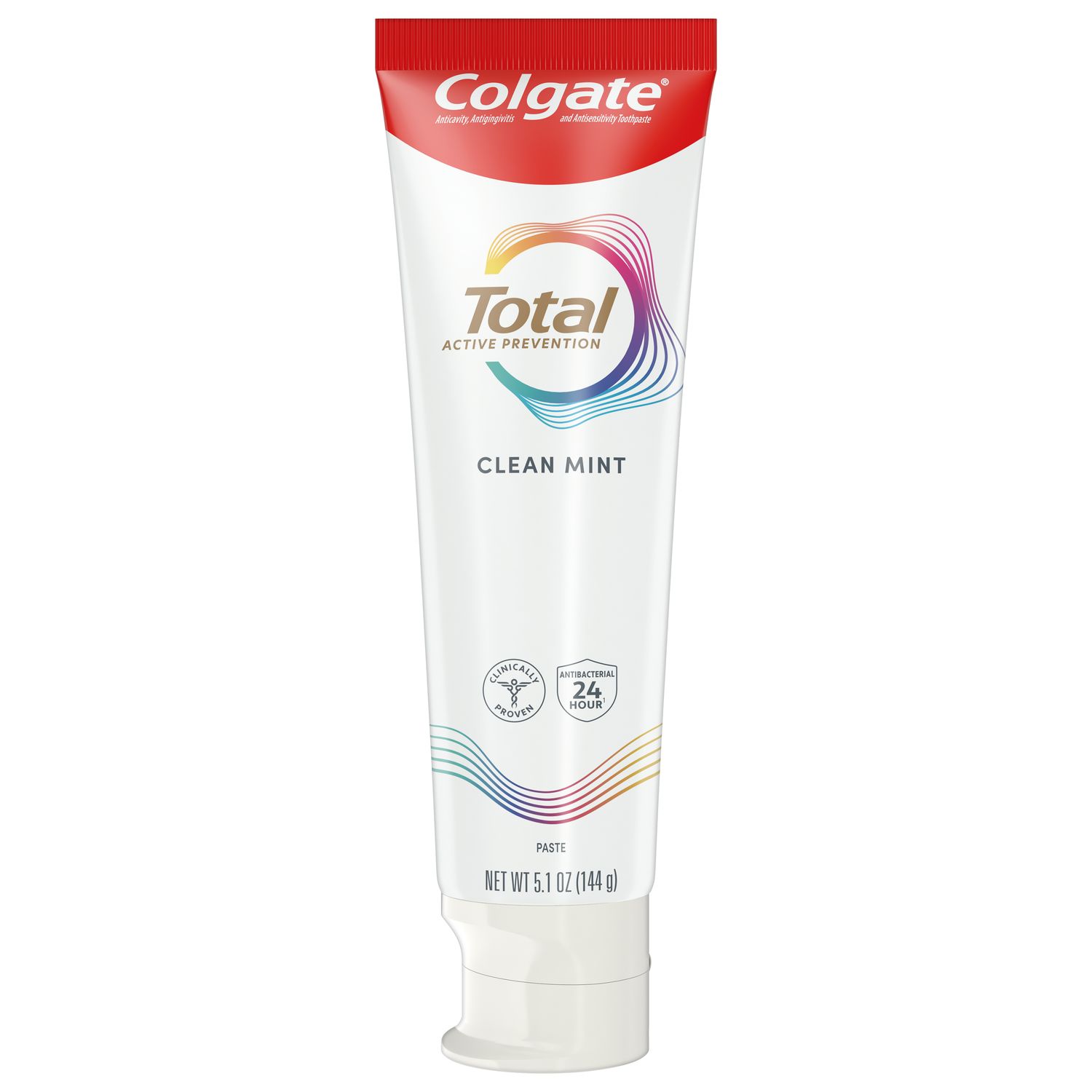
Medical emergencies in the dental office are something we all fear. When a team is prepared, it's easier for team members to stay calm while dealing with an emergency, which may result in a better chance of a good outcome. Preparing the dental team for medical emergencies is simple and necessary and could potentially save someone's life.
Making a Plan
Did you know that only 29% of dental offices in a recent poll reported conducting formal medical emergency drills in their offices? While we have specific Medical Emergency courses in dental and dental hygiene school, more emphasis is needed in dental offices. The Colgate Oral Health Network has a 3-part on-demand webinar providing information on how to prepare the dental team for the most frequently occurring medical emergencies in dental offices. Of course, team members must also be able to recognizing when a patient is in distress. All members of the dental office can benefit from the webinar and applying the skills learned.
Where Do We Start
Success in dealing with emergencies doesn't just happen. An individual plan for your office helps everyone prepare and having a designated individual in the office be responsible provides a focus. This person can help schedule drills and be the person responsible for making sure all team members are properly trained to help deal with emergencies.
It is important to understand the laws for your individual state. Are certain medications required? Does your state require an AED? There are also license requirements for States. Knowing all of these things at the beginning of your preparation will help you to plan your individual plan. Once you understand your specific state law, designate a place for the medical emergency kit and equipment. These supplies include the necessary drugs, CPR masks, positive oxygen and an AED. Having all of the medical emergency supplies in one location saves time when needing to retrieve in the actual time of need. It is also necessary to make sure that all equipment is in working order and drugs are current (i.e., have not expired). A medical emergency form is also needed. This form is a record and a great resource to turn over to the EMS when they arrive. It helps to ensure all action has been properly communicated. This completed sheet should also be copied and kept with the patient's medical history.
Everyone has a part
Make sure you have a specific code word for a medical emergency that won't draw attention and cause unnecessary alarm. How you bring attention to a need for a medical emergency should be a clear word or phrase. Code blue is a common alert in a hospital. This code is used frequently enough that we even recognize it on television shows. However, this type of word can cause alarm to the patient, when it isn't necessary to make them aware. Knowing how to properly make the doctor know they are needed in a specific area can also be confusing. Finding a word or call sign such as "Fox" can alert members of the team that an emergency is happening and yet not bring alarm to patients.
Scenario: A patient is in the office for routine hygiene care and begins to experience symptoms and signs that appear to be of a cardiac arrest. A hygienist could easily inform a co-worker to make the dentist aware "a FOX is needed" in their hygiene room. This begins the process of a properly executed medical emergency plan. Once the doctor has been requested in the room, it's important to commit other members of the team to do their part.
- Designate someone to call 9-1-1. This person should call from their cell phone so they can be present in the room.
- Designate someone to retrieve the medical emergency sheet to begin tracking the progress of the event. What time was 9-1-1 called? Who is present in the room? What are the patient's vitals? These are all important things the EMS support team will need to know. The person who is designated to get the sheet should be responsible for tracking everything that happens during the emergency.
- Designate a specific team member to get the medical emergency kit, oxygen and the AED. Medical emergencies are most successful if all of the resources are readily available.
- Make sure the path is clear for EMS to have good access to the patient's room.
Practice Makes For Preparedness
We need to be prepared! Once all of the plans have been made, you must practice! Having good medical emergency drills will help to ensure all of the team knows how to execute the plan! Making your team familiar with the most common dental emergencies will make the drills more realistic. The COHN Webinar part 2, has great scenarios! Make a plan to do emergency drills at a specific time, such as around the time of OSHA training, when everyone is able to practice different roles in the emergency. Ensure also to train new team members on good medical emergency practices within the office (including the location of the medical kit, AED and supplies) when they come on board.
Take-aways
- Designate a medical emergency officer. This person must be able to understand the laws and requirements for the state, and be able to ensure the office is properly trained and prepared with the necessary items.
- Make a plan! Make sure to have designated roles during the emergency.
- Practice for what can happen. Going through possible scenarios may not eliminate fear completely, but it will help the team be prepared!
Medical emergencies do happen. Preparing the team for these emergencies will help promote a successful outcome.
Join us
Get resources, products and helpful information to give your patients a healthier future.
Join us
Get resources, products and helpful information to give your patients a healthier future.













